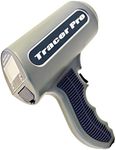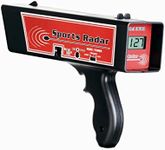Buying Guide for the Best Baseball Radar Guns
Choosing the right baseball radar gun can significantly enhance your training and game performance by providing accurate speed measurements. Whether you're a coach, player, or scout, understanding the key specifications of radar guns will help you make an informed decision. Here are the essential specs to consider when selecting a baseball radar gun and how to navigate them to find the best fit for your needs.AccuracyAccuracy refers to how close the radar gun's readings are to the actual speed of the baseball. This spec is crucial because precise measurements are essential for tracking progress and making informed decisions. Accuracy is usually expressed in terms of a margin of error, such as ±1 mph. For professional use, look for radar guns with high accuracy (±0.5 to ±1 mph). For casual or recreational use, a slightly larger margin of error (±2 mph) may be acceptable. Consider your need for precision when choosing the level of accuracy.
RangeRange indicates the maximum distance from which the radar gun can accurately measure the speed of a baseball. This is important for ensuring that you can capture speeds from various positions on the field. Ranges can vary from 50 feet to over 300 feet. For close-up measurements, such as pitching practice, a shorter range (50-100 feet) may suffice. For scouting or game situations where you need to measure from the stands or dugout, opt for a radar gun with a longer range (200-300+ feet). Choose a range that matches your typical use scenarios.
DisplayThe display is where the speed readings are shown, and its clarity and size can impact ease of use. A clear, easy-to-read display is important for quickly and accurately reading speeds, especially in bright sunlight or low-light conditions. Displays can be digital or LED, with some offering backlighting for better visibility. If you often use the radar gun outdoors or in varying light conditions, prioritize a model with a bright, backlit display. For indoor use or controlled environments, a standard digital display may be sufficient.
Memory and Data StorageMemory and data storage capabilities allow the radar gun to save speed readings for later review. This feature is important for tracking progress over time and analyzing performance trends. Some radar guns can store a few readings, while others can save hundreds or even thousands. If you need to keep detailed records or share data with others, look for a model with ample storage capacity and easy data transfer options, such as USB or Bluetooth. For basic use, minimal storage may be adequate.
Ease of UseEase of use encompasses the overall user experience, including the weight, size, and ergonomics of the radar gun, as well as the simplicity of its controls. A lightweight, compact radar gun is easier to handle and transport, making it more convenient for frequent use. Intuitive controls and a straightforward interface are important for quickly capturing accurate readings without a steep learning curve. Consider how often and in what settings you'll use the radar gun, and choose a model that feels comfortable and user-friendly.
Battery LifeBattery life determines how long the radar gun can operate before needing a recharge or battery replacement. This is important for ensuring that the device is ready to use when you need it, especially during extended practice sessions or games. Battery life can range from a few hours to several days, depending on the model and usage. For frequent, long-duration use, look for a radar gun with a long battery life or the option to use rechargeable batteries. For occasional use, standard battery life may be sufficient.
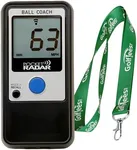
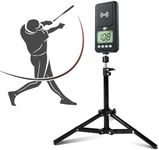

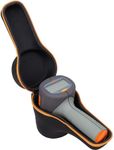

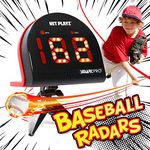

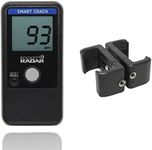
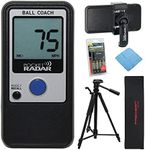



![Bushnell Speed Gun Velocity Radargun Speed Measuring Instrument Parallel Import Goods [One-touch Simple Measurement]](https://images-proxy.bestreviews.guide/i3Yz8XL79APQgjlpzDobZu73qCc=/0x150/https://m.media-amazon.com/images/I/41oawoK1olL._AC_CX679_.jpg)
